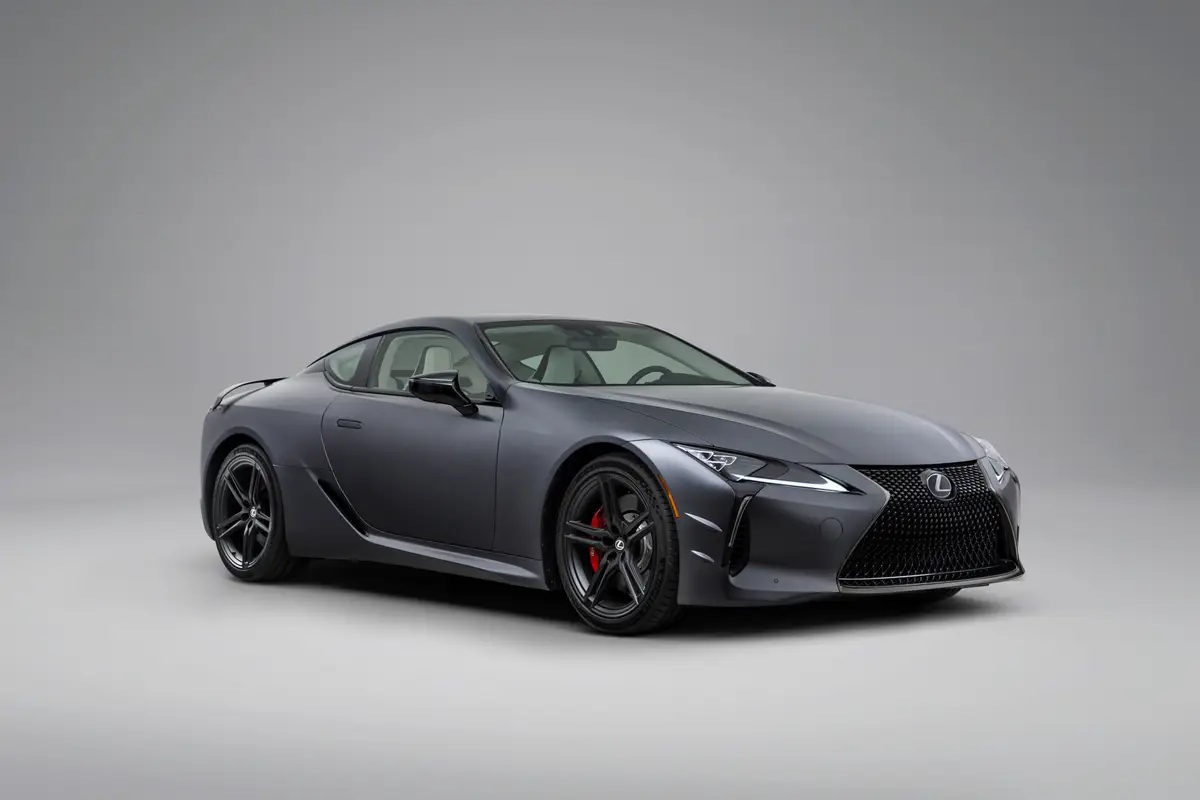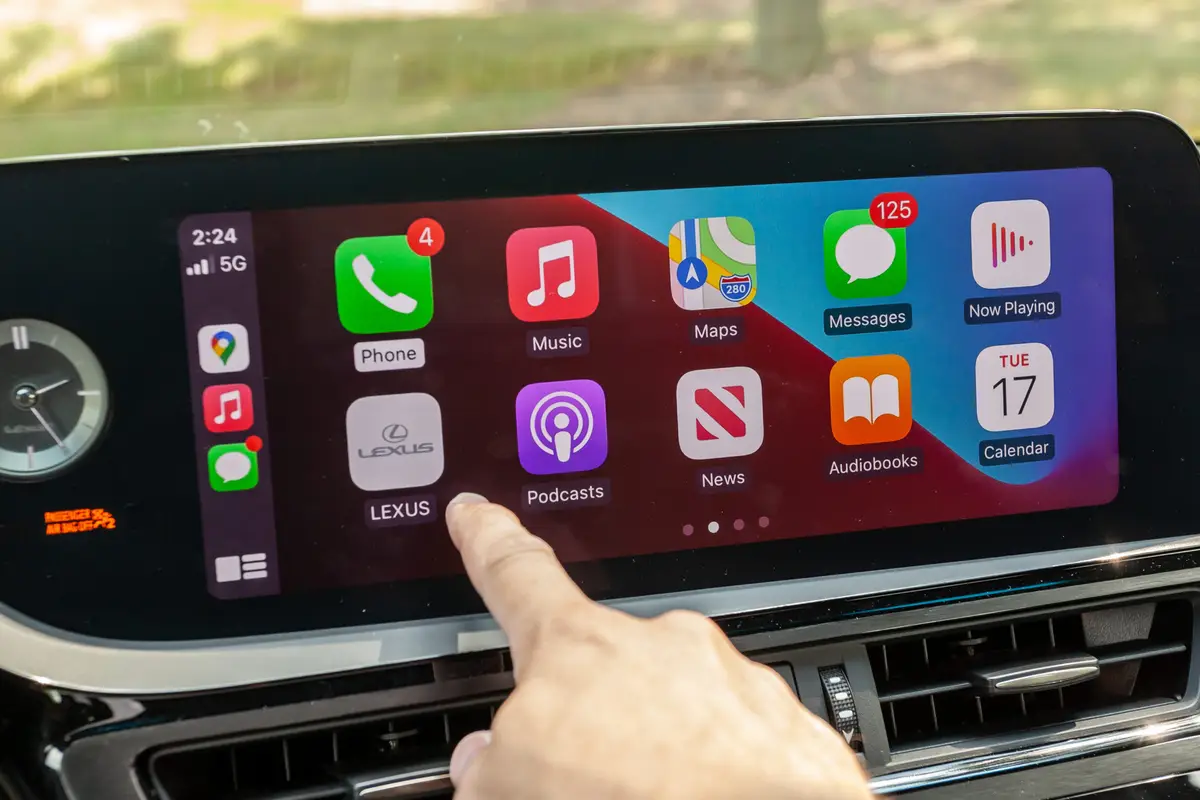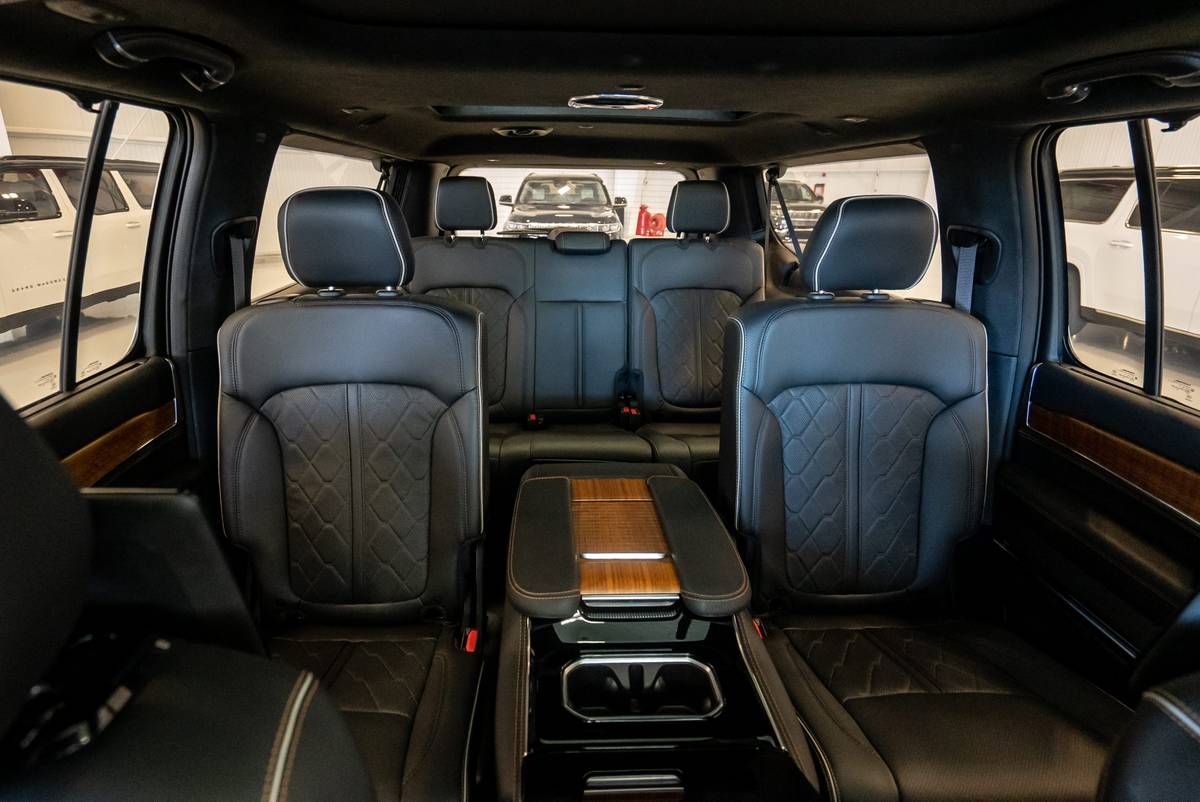chicagotribune.com's view
The nation’s automotive media gathered here for yet one more christening of a set of Ford twins–the 1997 Ford Escort and Mercury Tracer.
The 2,500-pound bundles of joy will join the Ford Contour/Mercury Mystique, which entered this world for the 1995 model year, and the Ford Taurus/Mercury Sable, which arrived for 1996.
Escort/Tracer, like all Ford twins, are fraternal, which means they can be differentiated by front and rear ends and trim.
The newest offspring share the rounded aero look that makes it obvious Taurus/Contour/Escort and Sable/Mystique/Tracer inherited the same Ford genes.
The proud parent invited the media here to witness Escort/Tracer take its first steps before venturing into showrooms Monday for the public to admire.
If history is any indication, the twins should stumble a bit before walking on their own. Ford had expected Taurus/Sable and Contour/Mystique to come out running thanks to dramatic new designs, but they’ve all needed incentives to prop them up while the public debates the merits of the aero look–those members of the public not out buying sport-utility vehicles, that is.
Rather than modest change in terms of looks, Ford has made dramatic change design plus major improvement in performance and operation. These are no longer just economy cars.
We drove Escort and Tracer but spent the most time with the Escort sedan.
The LX we tested looks very much like a Contour, except the hood is a bit flatter and more stylish. If Ford had used the Escort hood on Contour, folks would have warmed to that car quicker than they have.
The Escort also bears a slight styling resemblance to the ’96 Saturn sedan. Though when you point that out to the Ford folks, they take the baby pictures away from you.
The 1.9-liter, 85-horsepower, 4-cylinder engine that had powered the old Escort was revised to become a more lively 2-liter, 110-h.p. version. The engine is quieter and peppier than the one it replaces, but in traveling the rolling Georgia countryside with its frequent steep inclines, we felt Ford could have added a little more low-end torque and a few more horses to enable the sedan to climb without need for an oxygen tank in the trunk.
Fuel economy, however, is a most respectable 26 miles per gallon city/35 m.p.g. highway with automatic, 28/37 with the standard 5-speed manual.
Though a little short on power, Escort’s ride and handling are a 180-degree turn from what had been a rough-riding, erratic-handling econobox. Larger anti-sway bars, stiffer spring rates upfront/softer rates in back, increased suspension travel and wider-profile tires help.
Take a railroad crossing at speed in the old Escort and chances are your head would strike the roof, your butt would scrape the floor pan and you’d bounce several times. In the ’97 model, you escape the roller coa stering, with the body quickly rebounding from the initial jolt.
And some engineer at Ford finally convinced the powers that be to upgrade Escort steering by eliminating the vagueness of the old models. When you move the wheel, you don’t suffer a delay as the front end debates whether to follow the direction you gave it.
You’ll also appreciate little or no vibration in the steering wheel or gearshift lever and reduced accelerator pedal effort for smoother starts from the light.
The interior, especially the rounded dash, looks very Saturn-like. Two air bags are welcome. But to keep the sticker price down, anti-lock brakes cost an extra $570. Compromising safety is a poor way to economize. And traction control, a Saturn selling point, isn’t offered on Escort.
Front-seat room is good thanks to a more than 4-inch stretch in vehicle length. Headroom is especially spacious. But the rear seat is a tad cramped. The trunk has ample capacity fo r luggage or groceries. The LX comes with split, fold-down rear seats if you can’t hold all the cargo in the trunk.
Escort borrows the instrument control panel pod from Taurus. And the buttons are all large and easy to see and use. The only drawback is that the pod bulges out from the panel and prevents you from putting anything larger than 12-ounce cans in the dual cupholders.
A few other gripes are sideview mirrors that were miniaturized to reduce wind noise but which also minimize rear and side vision, a lack of cabin stowage compartments other than a tiny glove box, slender map holders in the doors and an opening in the console that holds only three cassettes.
If you like open-air driving and increased cabin ventilation, you’ll have to lower the windows because a sunroof isn’t offered; there are no daytime running lamps; and the speedometer reads up to 120, which even Walter Mitty couldn’t hit in his wildest dreams.
However, there are some notable goodies, such as the driver’s door or four-door power locking/unlocking via the key fob, a thick steering wheel, a panoramic view from the large windshield and side window glass, an arrow in the instrument panel indicating what side the fuel filler door is on, just enough rake to the windshield to force water up and over the glass rather than splashing back on the side windows and into the cabin and a clock separate from the radio.
The 1997 Escort/Tracer lineup is limited to sedans and wagons. In the 1998 model year, an Escort coupe will be added.
“The ’98 coupe will be all new and take over where the GT coupe left off,” said Richard Parry-Jones, vice president of small vehicles.
The coupe will feature a more powerful twin-cam 4-cylinder engine, sports suspension, 15-inch performance tires and different sheet metal to further differentiate it from the sedan.
Until the coupe arrives, you’ll have to settle fora “sport” package on the sedan that includes a spoiler, tachometer and 14-inch aluminum wheels for $495.
Ford’s partner Mazda of Japan helped engineer and develop the ’97 Escort sedan, but after making a contribution to the ’98 coupe, you won’t see much Mazda involvement in Escort/Tracer, Ford officials said, as the automaker relies more on its European operations to develop cars.
Mazda wanted the ’97 Escort derived off the Mazda Protege, but Ford scrapped the plan. If Mazda had its way, Escort would have had an all-new engine, too, but by simply revising the 1.9-liter, Ford said it saved 90 percent of the cost of developing a powerplant.
There has been widespread rumor that the new Escort sedan would be replaced by another in a few years developed by Ford of Europe. Parry-Jones insisted the ’97 “will be kept in the lineup beyond the year 2000.”
To regain the title of best-selling small car in America, a crown it lost to the Honda Civic last year, Ford has focused on Escort pricing for 1997.
The lowest-priced base model starts at $11,430, down $500 from the ’96. The upgraded LX we tested starts at $11,930, unchanged from ’96, and the wagon will start at $12,480, a $165 increase from ’96.
The base Tracer starts at $11,560, or $610 less than last year’s model; the LS sedan at $12,085, down $85; and the LS wagon starts at $12,635, down $64. Prices include $415 for freight.
“We understood how important the Escort is to Ford and how this segment is more price- and affordability-sensitive than other segments,” said Bobbie Gaunt, general marketing manager for Ford division.
One item taken off the car was the under hood engine light.
While the LX base price is unchanged from ’96, options can add up. For example, automatic transmission at $815, ABS at $570 and two packages that include such essentials as air conditioning, rear-window defroster and driver’s door rem ote locking/unlocking ($725) or those three items plus power windows, dual power mirrors and four-door remote locking/unlocking ($1,390) can add nearly $3,000.
>> 1997 Ford Escort LX Wheelbase: 98.4 inches Length: 174.7 inches Engine: 2-liter, 110-h.p., 4-cylinder Transmission: 4-speed automatic (5-speed manual standard) EPA mileage: 26 m.p.g. city/35 m.p.g. highway Base price: $11,930, includes $415 freight Price as tested: $14,805. Included $815 for automatic transmission; $570 for ABS; $765 for PEP package, including air conditioning, rear window defroster and driver’s side remote locking; and $725 for power group, including power windows/mirrors/4-door remote locking. Pluses: Design is aerodynamic and clean and shows obvious Taurus/Contour heritage. Dual air bags standard. Dramatically improved ride, handling, steering response and noise levels. Longer than model it replaces. Pod in dash houses all major controls as with Taurus. Minuses: ABS optional to keep sticker price down; lots of items optional to keep sticker price down. Traction control not available and neither is a sunroof. Rear seat a tad cramped. The 2-liter engine needs a few more horses for those steep hills. >>
Latest news



